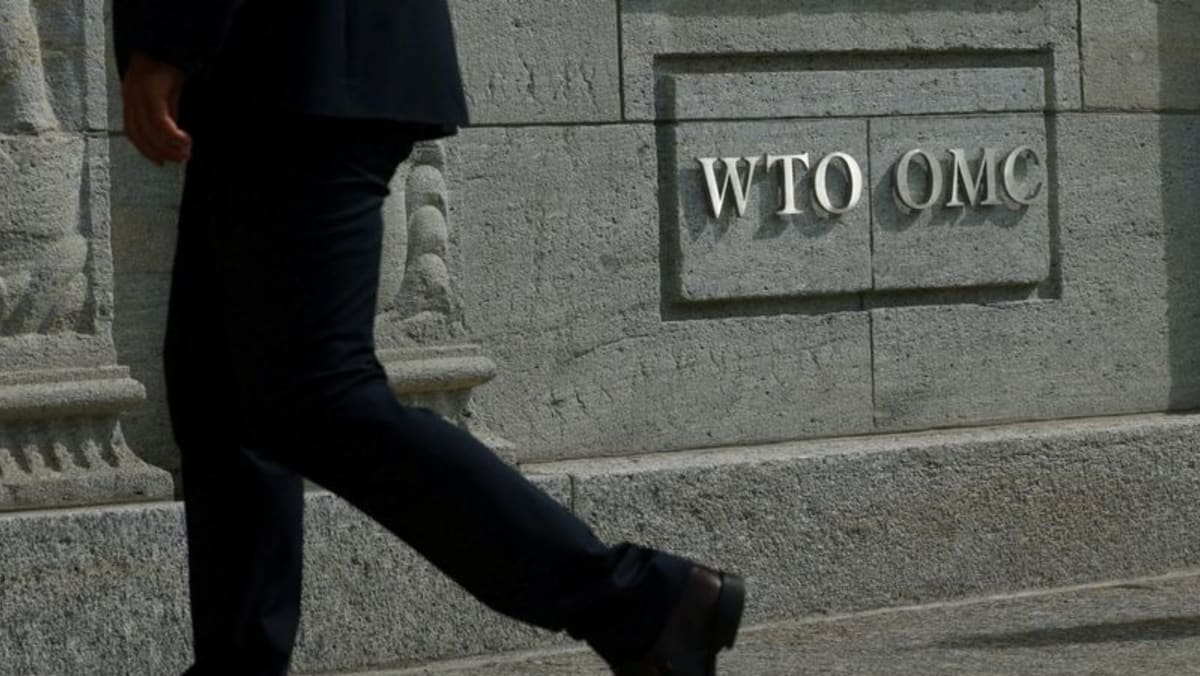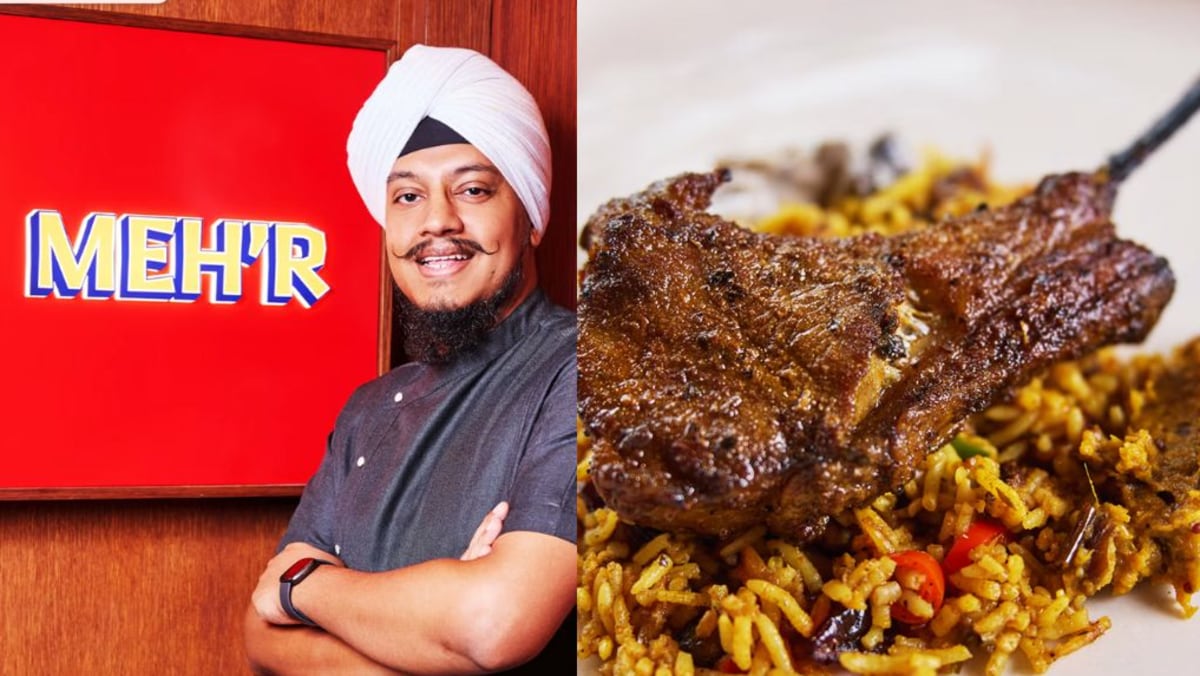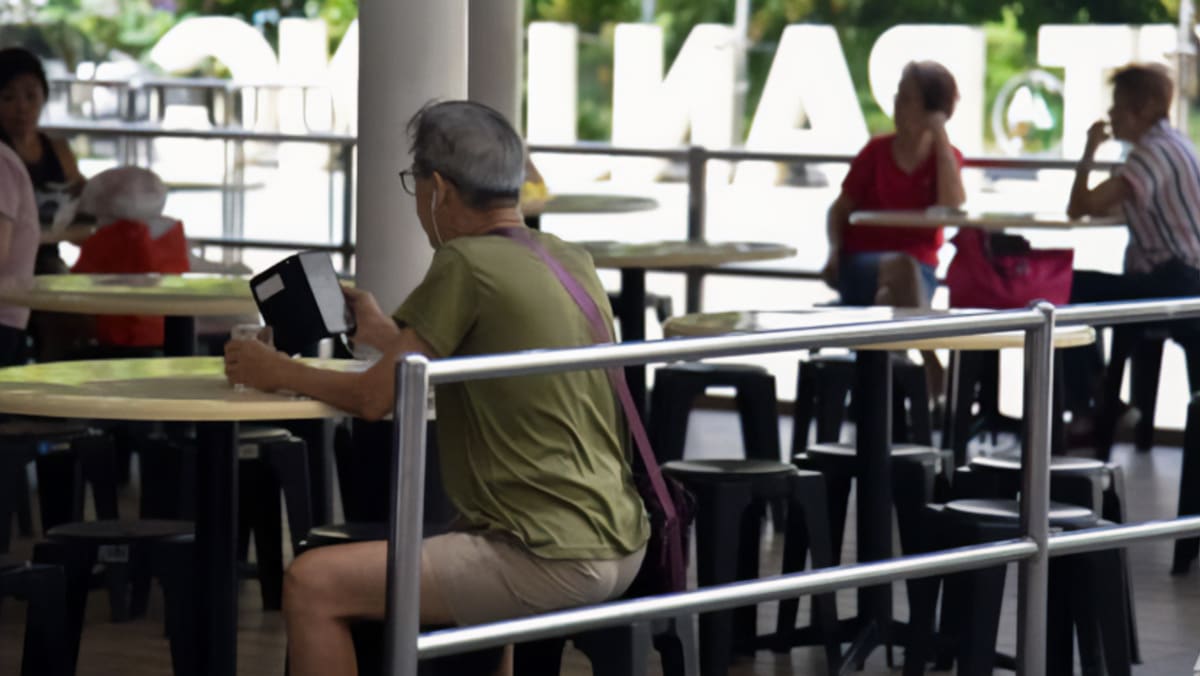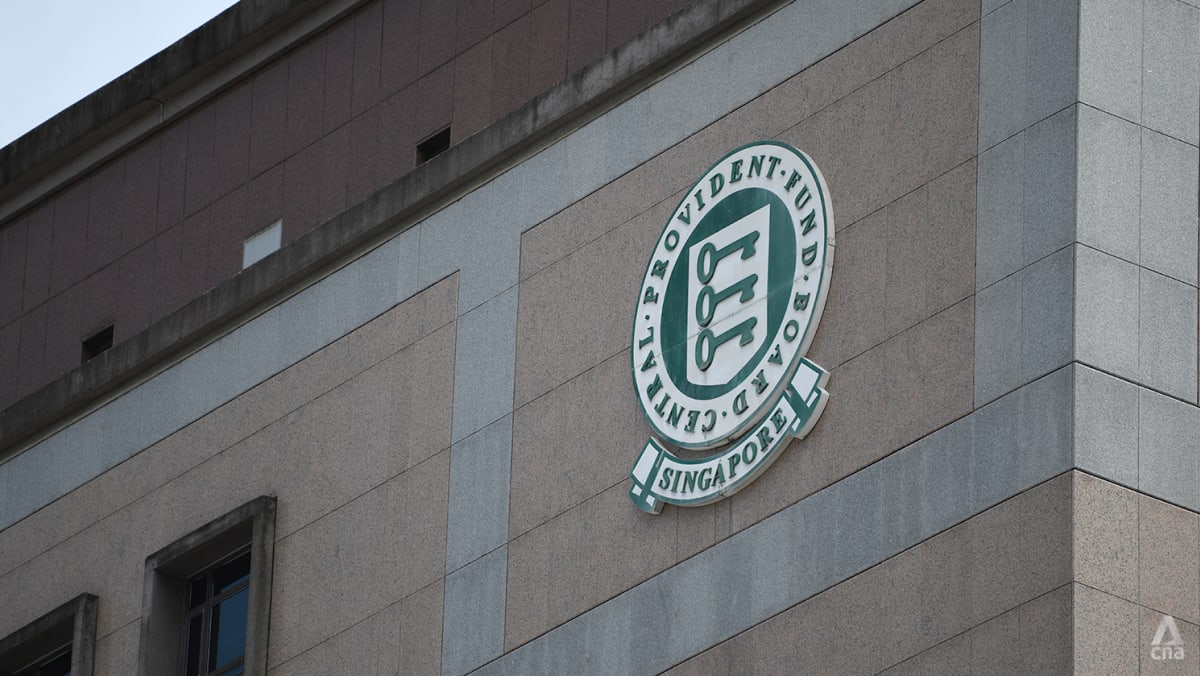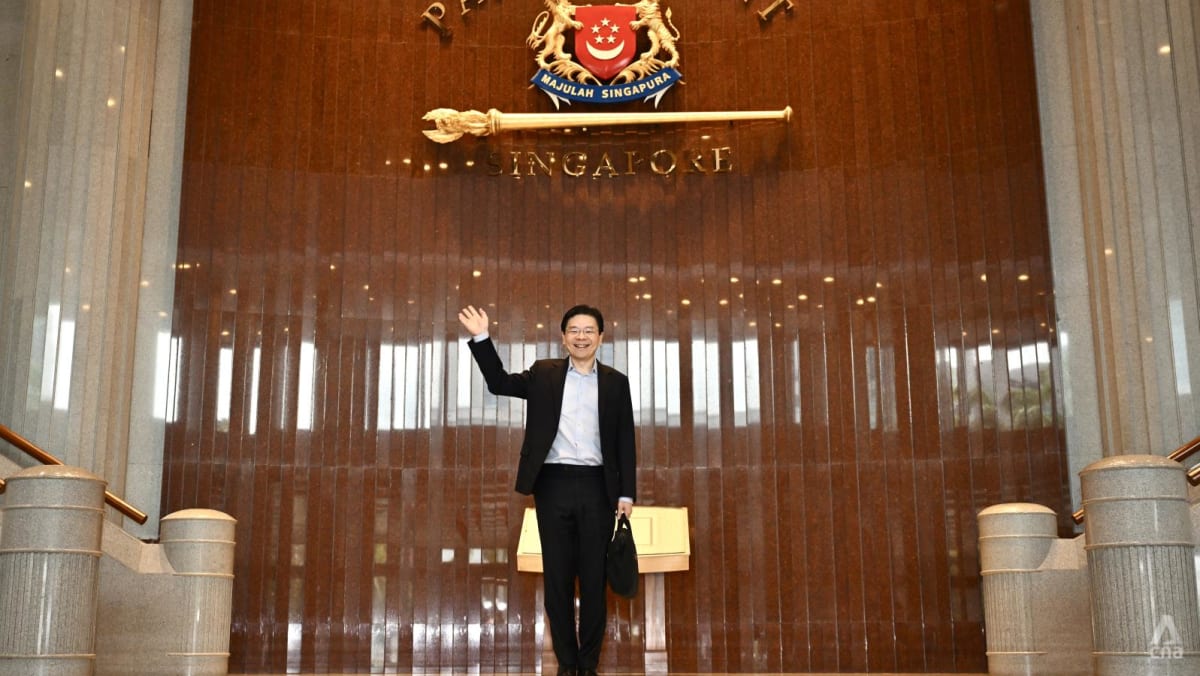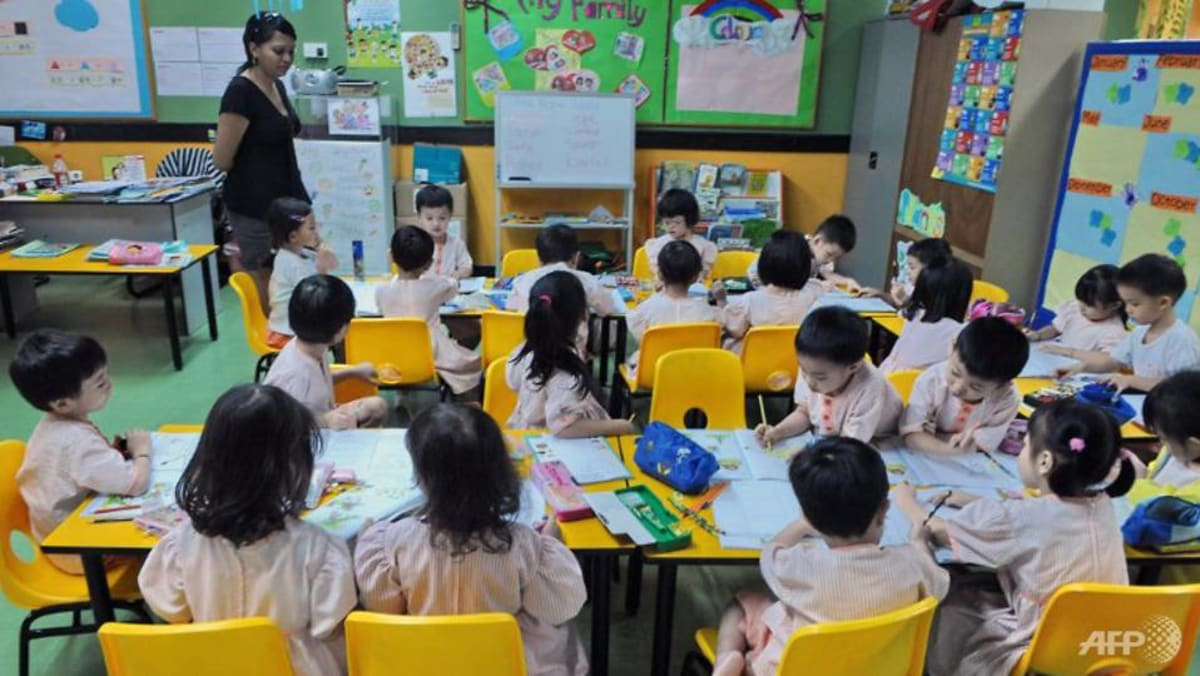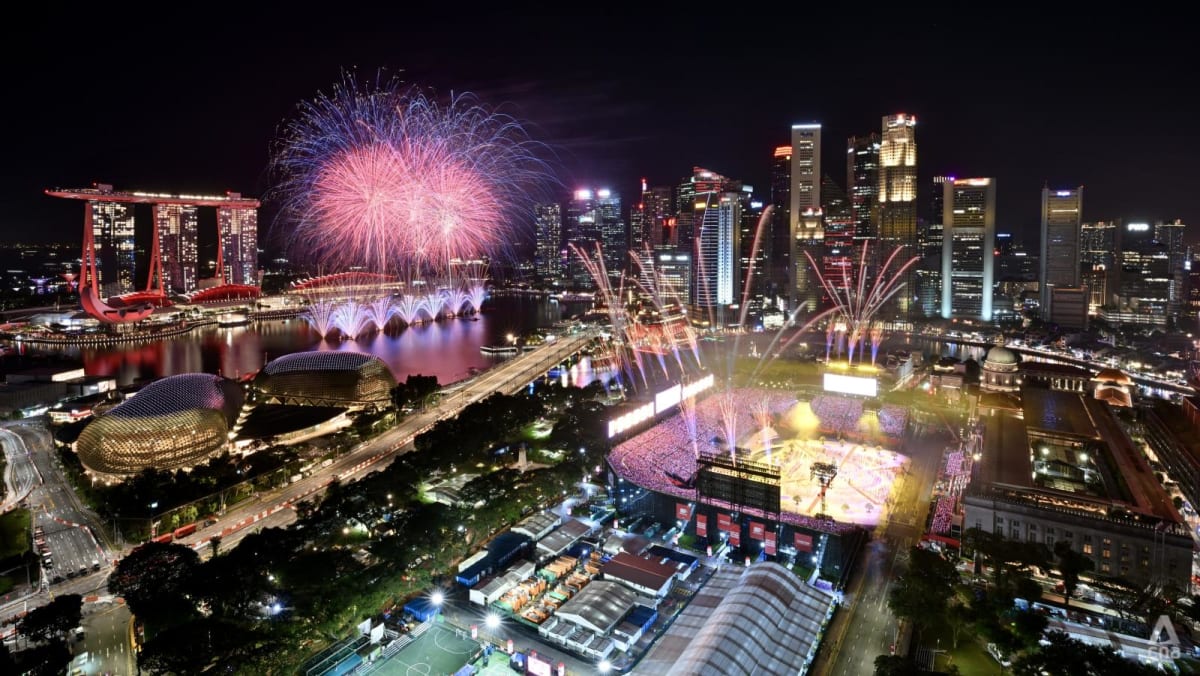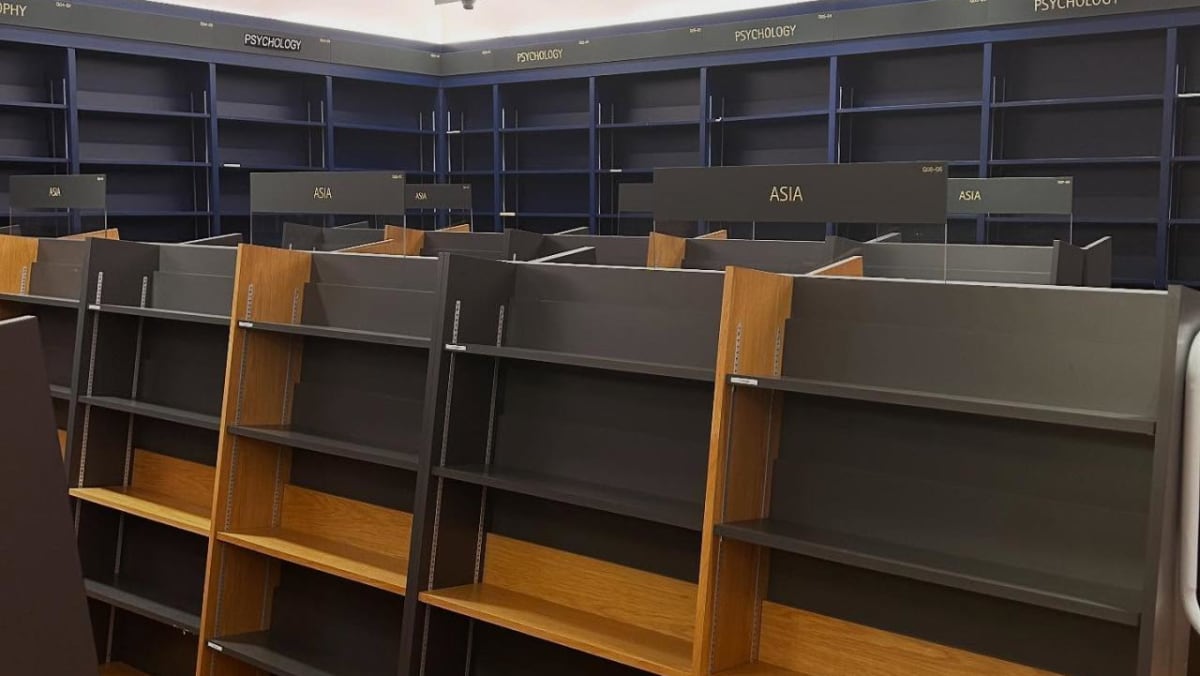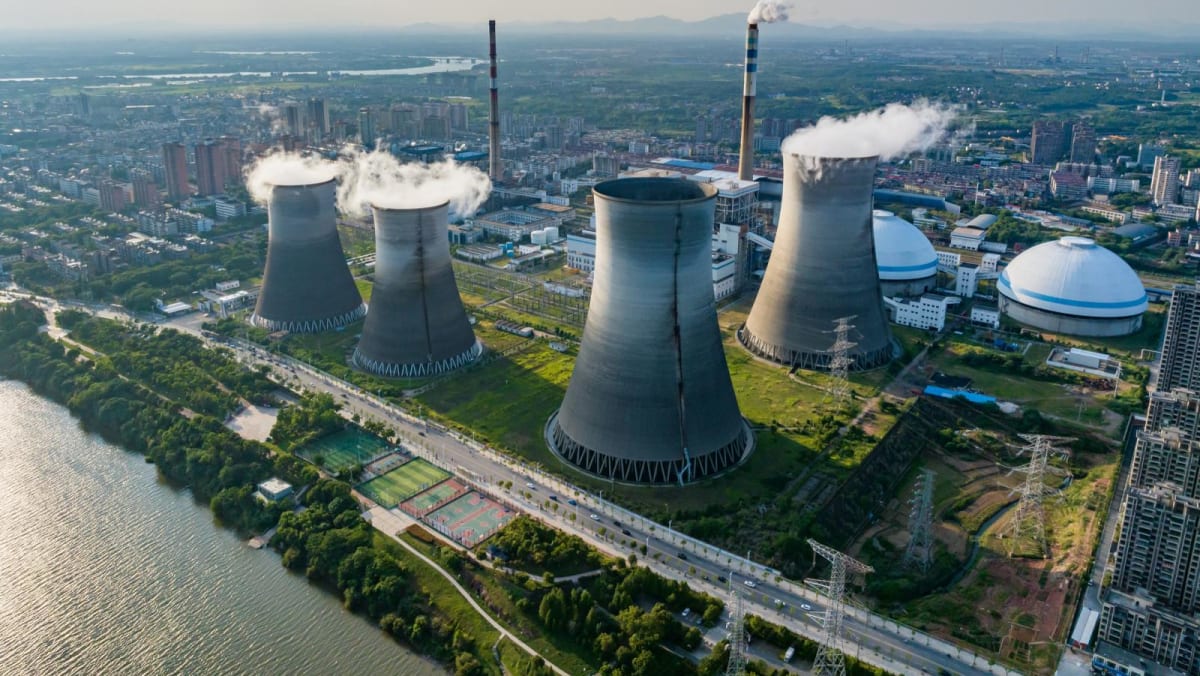Industry players told CNA they naturally receive more orders in hotly contested constituencies, as candidates bid to capture the attention of as many voters as possible.
Some Group Representation Constituencies (GRCs) — which currently comprise four or five seats — can even order over half a million pamphlets, said Mr Ang.
“Traditionally, PAP versus WP GRCs are hotly contested and hence might see much more orders,” explained Mr Ang. In the 2020 contest, the two parties faced off in Aljunied, Marine Parade, Sengkang and East Coast GRCs.
A PERSONAL TOUCH
In 2020, over 85 per cent of what all candidates spent went towards advertising, according to Elections Department records.
Of that sum, print election advertising formed the majority, amounting to S$5.6 million.
Mr Ang said flyers were particularly crucial when going door to door.
“If no one is home, the flyer can be slotted into the house. Your trip will not be wasted,” he said.
Murdoch University’s adjunct professor of media and communication Terence Lee told CNA that research points to face-to-face or physical forms of human communication as generally more persuasive than digital forms.
“In much the same way a ‘live’ music concert generates ‘fan’ support, the same is true for physical election campaigning.
And this includes knocking on doors to meet residents and handing out flyers, regardless of whether they are read, said Adj Prof Lee.
Banners, flags or posters meanwhile can only be publicly displayed during the campaigning period – which starts immediately after nomination proceedings end on Nomination Day and up to the start of the eve of Polling Day – and only in designated locations.
Such visuals are needed more by the new challengers in a ward than the incumbent MPs, when it comes to candidate recognition, said Adj Prof Lee.
